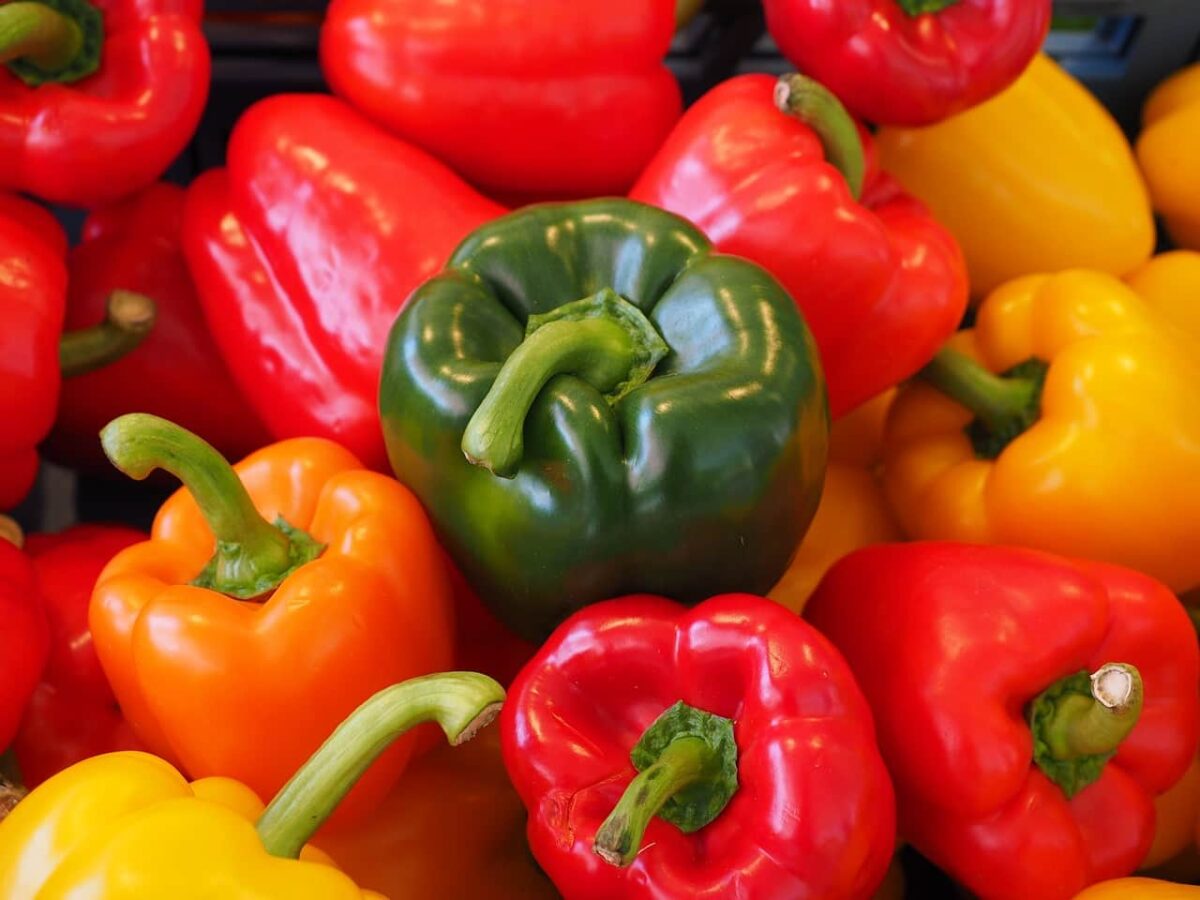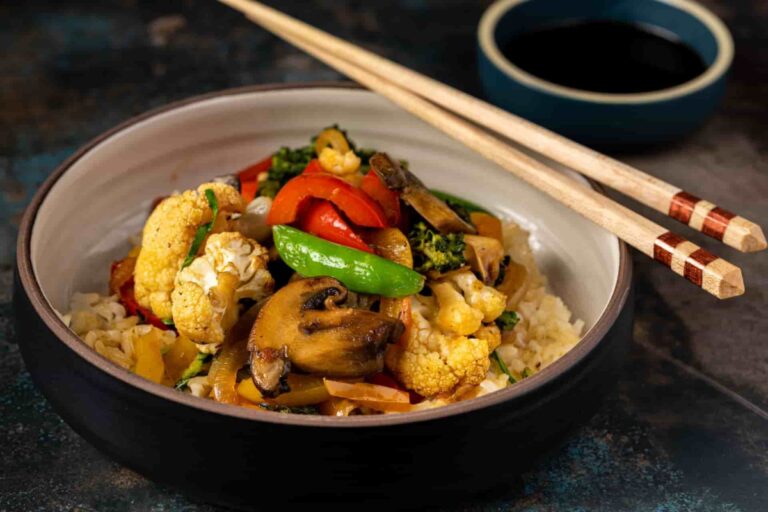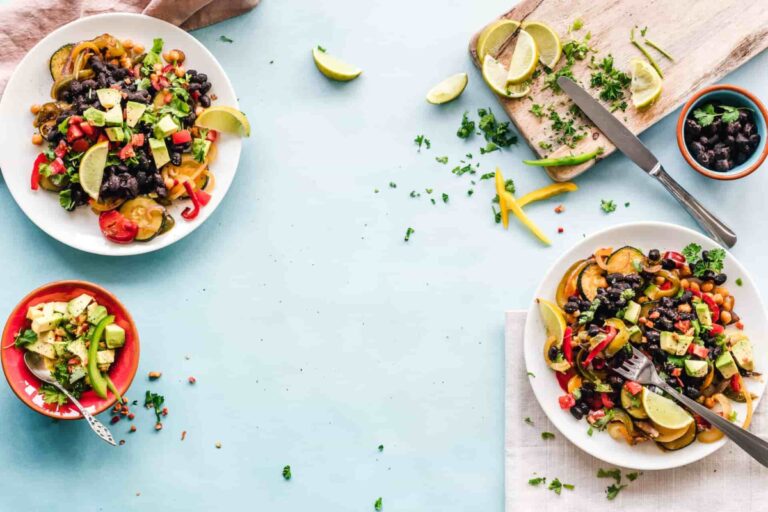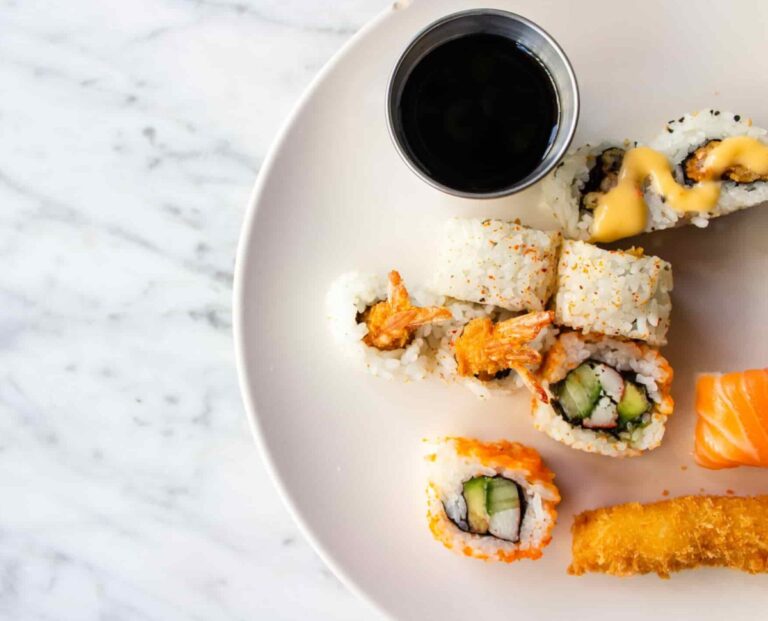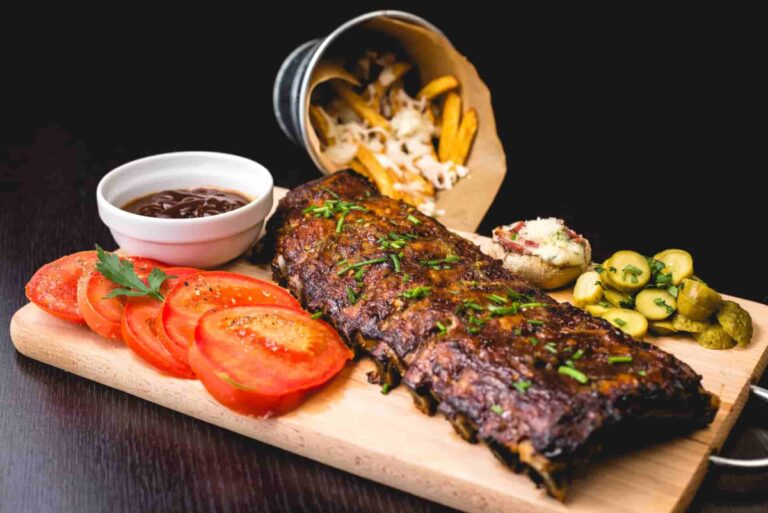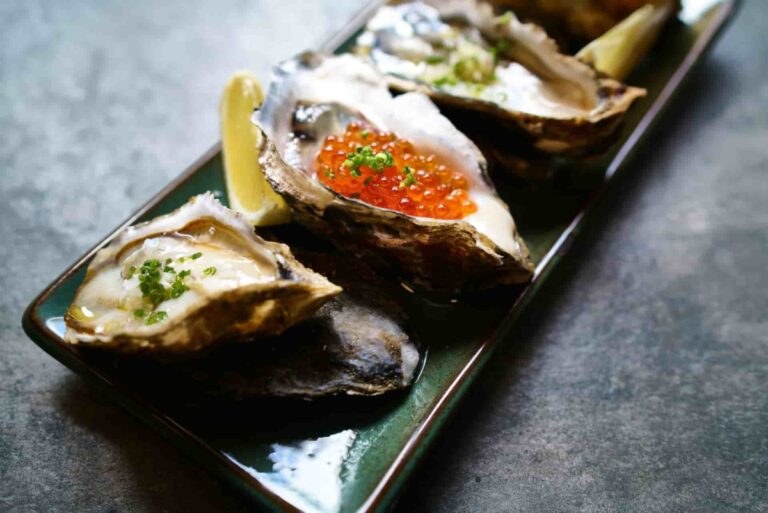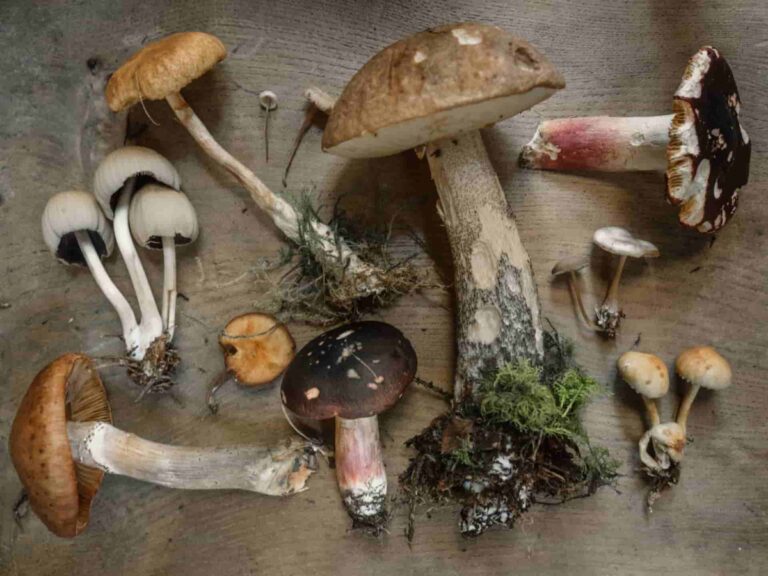Sweet peppers 101- kitchen insights
Did you know that the Capsicum plant, which includes bell peppers and sweet peppers, is a member of the nightshade family of plants?
- The capsicum is a popularly grown fruit that is available in a broad range of colours, including red, yellow, green, and even purple. It is often used in culinary preparations all over the globe and has its origins in the countries of Central and South America.
- Christopher Columbus was the one who brought the plant back to Europe and gave it the false name “pepper” (pimiento in Spanish). Peppercorns, also known as black pepper or Piper nigrum, were an extremely sought-after seasoning throughout that era.
- There are numerous different names for bell peppers. Bell peppers are what they are known as in the United States of America, India, Canada, and Malaysia. They are known as capsicums in both Australia and New Zealand. The Japanese refer to them using the term papurika, whereas the British refer to them simply as pepper.
- Traditional Chinese medicine recommended bell peppers for the treatment of a variety of ailments, including poor blood circulation, indigestion, lack of appetite, frostbite, and digestive problems. Because bell peppers are not farmed according to the seasons, they may be consumed at any time of the year.
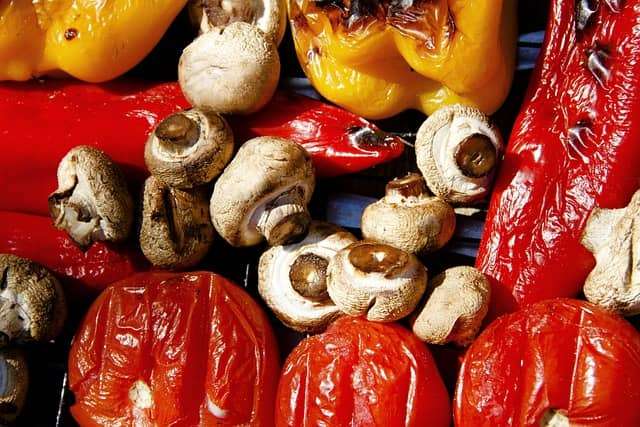
Sweet peppers nutrition values and health benefits
- The vitamin C, vitamin A, and vitamin B6 content of sweet peppers is quite high. Vitamin C, which is perhaps one of the most well-known antioxidants, provides a range of health advantages, including the promotion of healthy immune function, the facilitation of cell repair, the assistance in the absorption of folate, and the promotion of healthy bones, skin, and hair via the creation of collagen.
- Peppers include a variety of other important antioxidants, which work to defend cells against oxidative damage. These are the carotenoids, which include lycopene, beta carotene, lutein, and zeaxanthin. Additionally, a source of vitamins E and K, as well as folate, potassium, and manganese.
- It is believed that the significant antioxidant benefits exerted by red peppers lower the risk of cardiovascular disease. The antioxidants found in sweet peppers moderate the activity of free radicals, which are responsible for cellular damage. There is compelling evidence that free radicals have a direct role in the onset of a wide range of human diseases, including cancer, cardiovascular disease, neurological disorders, diabetes, and arthritis.
- Because persons with the condition often have low levels of trace elements like manganese (which is found in red bell peppers), copper, and zinc, the high manganese concentration in sweet peppers may also aid prevent bone loss.
- Food allergies to sweet peppers are quite uncommon. On the other hand, fifty percent to sixty percent of persons who are allergic to latex may have latex-fruit syndrome and cross-react to proteins in bell peppers that are identical to those in latex. After consuming bell peppers, you could get a tingling or itching sensation in your tongue. In a similar manner, those who are allergic to pollen may also have an adverse response to certain meals.
- Consuming bell peppers may cause digestive problems, such as gas, in some individuals. However, these effects are more typically connected with green peppers than they are with red peppers.
100g of Sweet peppers has 31 calories (129kj), 1g protein, 0.3g fat, and 6g carbs including 2.1g fibre.

How to store sweet peppers and how to buy them
- If you want to avoid your sweet peppers going bad before you can use them, the best way to do this is to simply buy the quantity that you need for a single dish. In addition, while picking the freshest alternatives, pay attention to how firm they are and the colour of the stem; brilliant green is ideal since it has the capacity to retain its freshness for the greatest amount of time.
- If you find yourself having more sweet peppers than you need right away, refrigerating them will keep them fresher for a longer period of time. It is best not to wash peppers before putting them in the refrigerator. If you do decide to wash them, it is strongly recommended that you then properly dry them off, since moisture is one of the primary elements that contributes to spoilage.
- The flavour and nutritional value of sweet peppers may be effectively preserved for an extended period of time by the process of freezing. After freezing the pepper slices in a single layer on a baking sheet (or cookie sheet), transfer them to resealable plastic bags that are airtight, and be sure to remove all of the air before closing the bags to avoid freezer burn. Record the date on each bag, then place it back in the freezer.
- The drying out of the pepper marks the beginning of the first stage of the ageing process. The first indication that anything is wrong is when something loses its sharpness and begins to soften. As the pepper dries out and shrinks, you could also notice that the skin develops wrinkles. Around this time, the shine may also begin to wear off the fruit. Peppers that have shrunken in size are not ruined and may still be used; however, they may not be as tasty when used in raw preparations. You may cut them up into smaller pieces and use them in stews, soups, and stir-fries.
- The product may show signs of further deterioration in the form of spots or mould due to the presence of active bacteria and fungi. This is the consequence of bacteria and fungus eating their way through the walls of the fruit, which ultimately leads to the fruit’s rotting. At this stage, the pepper may also start to emit an odour that is putrid or mouldy.
- It is dependent on a variety of things, such as how fresh it was when you purchased it and whether or not it was sliced or left whole. The pepper in its full form will keep for the longest time if it is very fresh. When kept in the optimum circumstances described above, they have a normal lifespan of roughly ten days in terms of their use. It’s possible that fresh green peppers will keep for an extra couple of days. If they are chopped, they will typically have a shelf life of no more than around five days after it has been done.
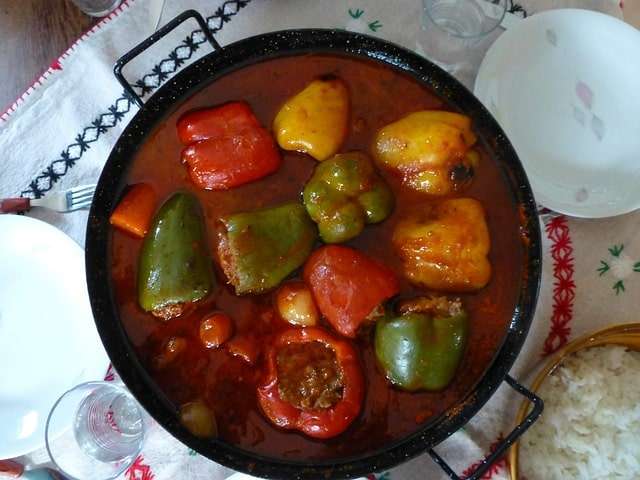
Cooking techniques, secrets, and tips from the kitchen
- Popular sweet peppers list to know where to choose:
- Bell peppers come in a variety of shapes and sizes, but the most common and accessible kind is the bell pepper. Their form, which resembles a bell, is where they derive their name. The flavour of bell peppers is mild and somewhat sweet, and their flesh is crisp and juicy. The most common colour for them is a vivid shade of green, although they may also be yellow, orange, purple, red, or brown. If a bell pepper is crimson, it has reached full ripeness on the vine. The flavour of red bell peppers is more pronounced and sweeter than the flavour of green bell peppers.
- The Bull’s Horn pepper has the appearance of a sickle and is green in colour. It is long and slender with a pointed end, and it transforms from green to yellow to red as the summer draws to a close.
- The Cubanelle pepper, also known as the Cuban pepper, is a long pepper (approximately 4 inches/10 cm), tapering yellow to red with thick meaty walls that are more tasty than the bell pepper.
- The lamuyo, also known as the European sweet pepper or the rouge royal pepper, is a bell-shaped pepper that is very sweet. In comparison to the typical bell pepper, the lamuyo is longer, bigger, and more slender, and it has thicker flesh.
- Pimientos are huge peppers that have the form of a heart and have a meaty, dense interior that makes them fantastic for roasting and peeling.
- The sweet banana pepper is a yellow variety that grows long and is shaped like a banana. It is excellent for stuffing and pickling.
- Because they are naturally sweet and energising, peppers are often consumed raw. This makes them an excellent ingredient for salads and other recipes. They may also be prepared in a wide variety of ways, making them a very versatile ingredient. It is possible to consume the seeds of peppers; however, most people opt to remove the seeds of sweet peppers before eating them since the seeds are tough and have very little taste. Include the chilli seeds in the recipes if you want the dish to have a significant amount of kick since the seeds of hot or chilli peppers contain high quantities of the compound capsaicin.
- When making a soup with sweet peppers, it is recommended to roast them first and then remove the charred skin before adding them to the soup. Even though some individuals may have a predilection for a certain colour or kind of roasted pepper, the soup will taste fantastic no matter which peppers you use. One additional advantage of preparing a large batch of sweet pepper soup is the ability to save any leftovers in the freezer for use as a quick supper throughout the week. When you cook your soup, just divide it out and freeze it in airtight containers so that it will be simple to remove from the freezer when your schedule becomes busy.
- Because it accentuates the peppers’ naturally juicy and sweet taste, roasting them is a preparation method that enjoys widespread use.
- To roast sweet peppers, preheat the oven to 220 degrees Celsius, then roast the entire peppers for around 20 minutes.
- You may reduce the roasting time by cutting the peppers beforehand, but this will affect the flavour.
- Before cooking, giving the peppers’ skins a little coating of oil will help produce a golden brown and crispy exterior.
- During the cooking process, rotate the peppers at regular intervals to ensure that the skin browns evenly.
- Once the skin begins to bubble and separate from the meat of the pepper in a very small manner, the peppers are ready to eat.
- Sweet peppers are a common ingredient in stir-fries, and not just to add a vibrant splash of colour to the finished product. Peppers are often sliced into tiny pieces before being stir-fried and cooked with onions, garlic, and any other vegetables over medium to high heat. After adding the pepper pieces, the pan should be continually stirred for about five minutes, or until the skin begins to become crisp and the flesh becomes soft.
- Although roasting and frying sweet peppers are the most typical ways to prepare them, boiling and steaming peppers are also viable options for preparing peppers.
- The nutrients in the pepper are very helpful to keep intact if you steam it first.
- Before being steamed or cooked, peppers are often diced or sliced into strips before being prepared.
- Peppers prepared by boiling or steaming should be tender, but they should not be cooked for so long that they begin to lose their colour.
- It will take around 5 minutes to boil the peppers, while it may take up to 15 minutes to steam them.
- Boiling will take a shorter amount of time.
- If you want to prepare deliciously soft fried peppers without having to heat up the house by using the stove or oven, your trusted air fryer is the way to go. Simply chop the sweet peppers into strips or rings, sprinkle with a couple of tablespoons of oil and your preferred spices, and then air-fry at 360 degrees Fahrenheit for ten to fifteen minutes.

The history of sweet peppers from the beginning until today
- The Western hemisphere is where capsicum first appeared, and people in that region have been using it as a food source as far back as 7500 BC. They made their first appearance in South America, but between 5200 and 3400 BC, they made their way to Central America from there. Even in modern times, the wild chilies that are the ancestors of the domesticated varieties are gathered for harvesting and are regarded in the same esteem.
- According to one version of events, Christopher Columbus is to blame for the propagation of chilli peppers over the globe. This version of events holds that Columbus was the one who brought chile to Europe, from whence it then spread to Africa and Asia. Because the fruit has a flavour that is comparable to that of black pepper, he was also responsible for naming it “red pepper” due to this similarity. When pepper first came in Europe, it did not take long for it to find a place in the cuisines of a variety of diverse peoples.
- According to a different legend, conquistadors brought the capsicum to Europe first, and Portuguese sailors and traders then exported it to Asia and Africa.
- One of the factors that contributed to the rapid spread of pepper across Europe was that it served as a suitable alternative to black pepper, which was in high demand at the time due to its high price and was even employed as a form of payment in certain regions. Because they were employed to make boring meals more palatable, fiery spices were highly prized throughout that historical period. This undoubtedly speaks a lot about the cuisine that was available during that era.
- It is common practise to refer to all big bell-shaped peppers, irrespective of their colour, as capsicum in the United States of America, Canada, and the Philippines; as pepper or sweet pepper in the United Kingdom, Ireland, Canada, South Africa, and Zimbabwe; and as bell pepper in Australia, Bangladesh, India, Malaysia, New Zealand, Pakistan, and Sri Lanka.
- The term paprika, which originates from the word for pepper, is used for both the spice and the fruit in some languages; the fruit is sometimes referred to by its colour (for instance, groene paprika and gele paprika, which are Dutch for green and yellow, respectively).
- Similar to tomatoes, bell peppers are botanical fruits but are used as culinary vegetables. It is standard practise to use pieces of bell pepper in garden salads as well as on pizzas as toppings. Cutting bell peppers in half or hollowing them out beforehand can produce a variety of stuffed peppers. Paprika is sometimes made using red bell peppers.
- The only significant components of sweet peppers are water (94%) and carbohydrates (5%), with almost little fat and protein. In a reference quantity of 100 g, they provide 97% of the Daily Value (DV) for vitamin C, making them good sources of this nutrient. Their vitamin B6 concentration is average, coming up at 17% of the daily value, and they do not contain any additional micronutrients in significant proportions.
- When compared to green bell peppers, red bell peppers contain nearly eight times the vitamin A content and approximately double the vitamin C level.
- It is safe to say that China is the undisputed leader in the production of sweet peppers across the globe. The country’s annual output of 17.6 million metric tonnes is approximately six times that of Mexico, which comes in second place. That is remarkable, even taking into account China’s status as an agricultural superpower with a huge population. In fact, by the year 2020, it will account for approximately half of the world’s total output of sweet peppers.
